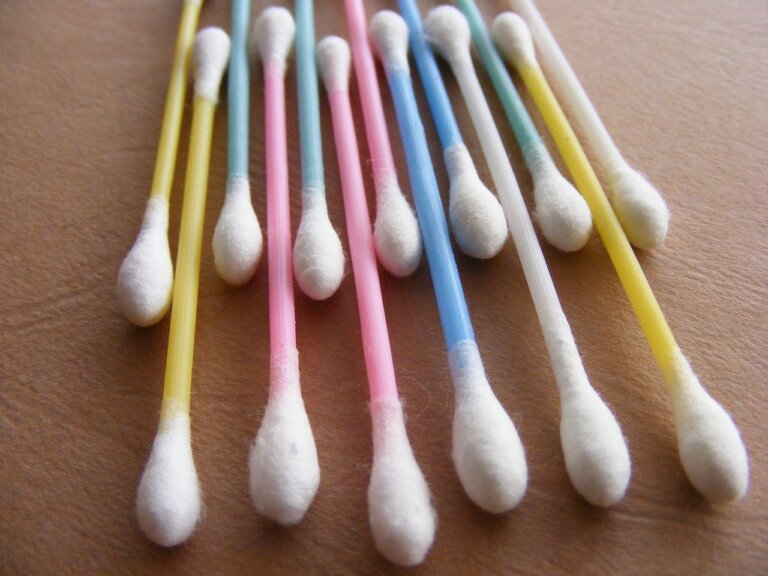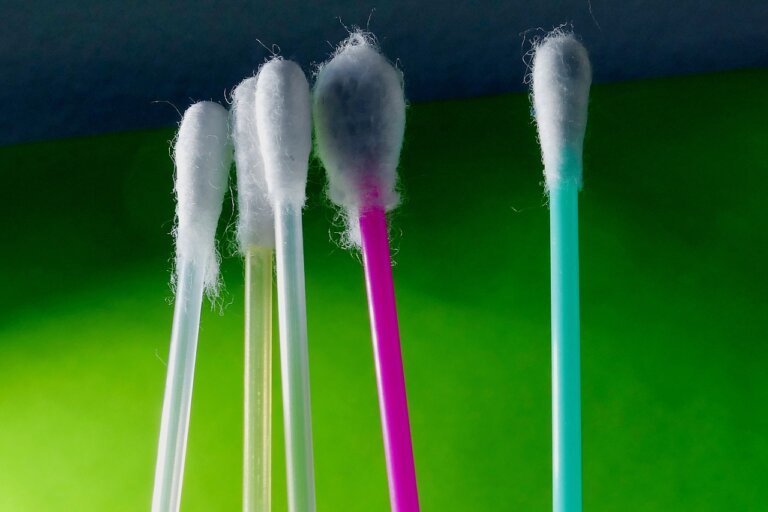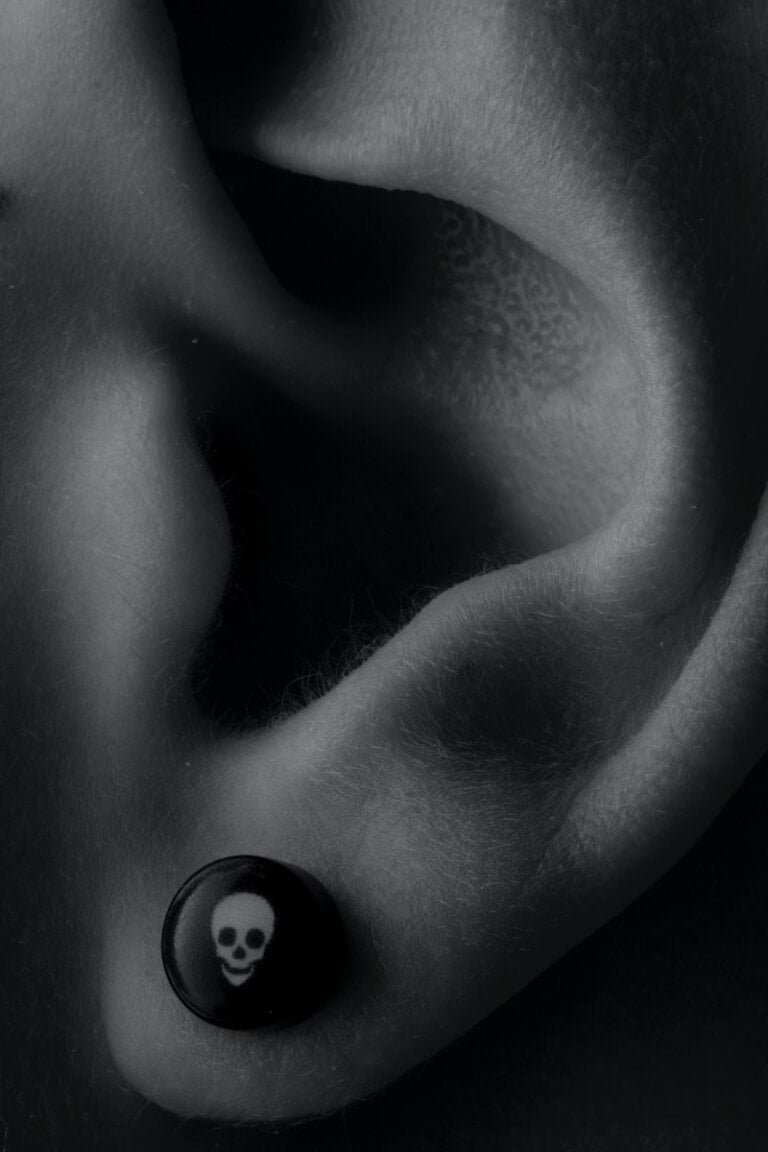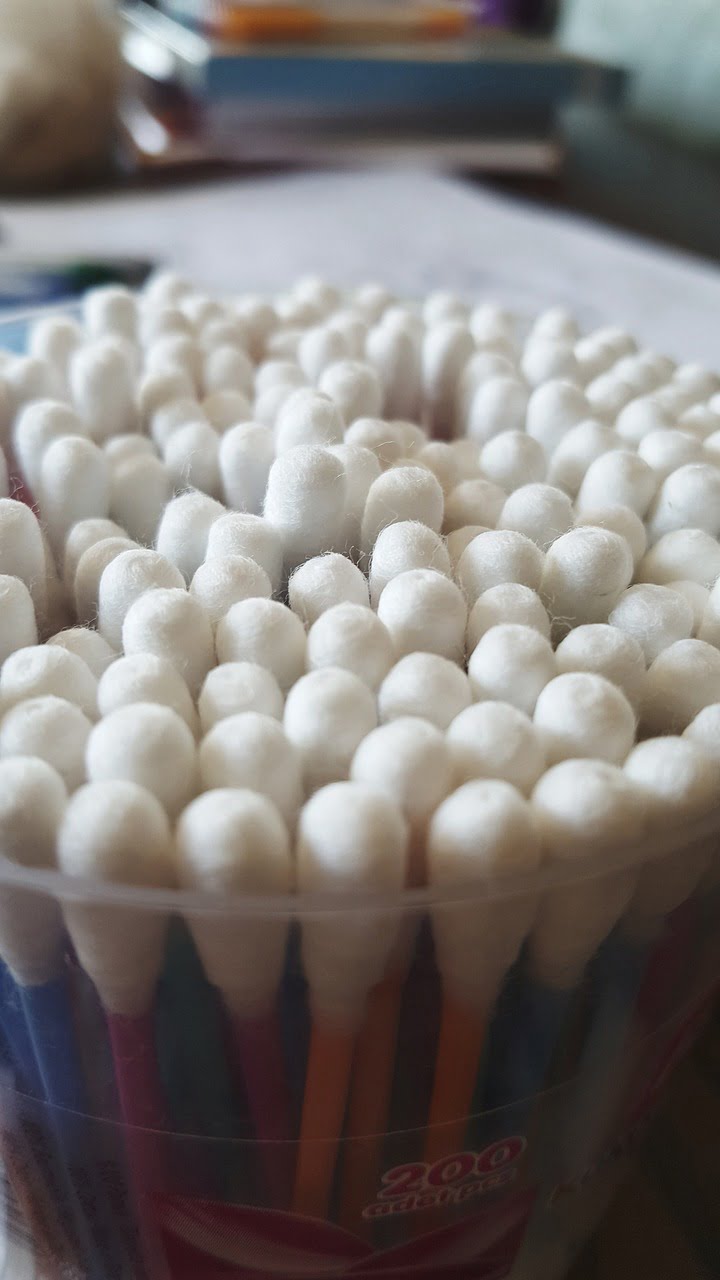Busting Ear Wax Myths: Separating Fact from Fiction
Earwax, also known as cerumen, is a natural substance produced by glands in the ear canal. While it may seem like a bothersome and unnecessary substance, earwax actually plays a vital role in protecting our ears from dust, debris, and harmful bacteria. However, there are many myths and misconceptions surrounding earwax that can lead to improper care and even potential harm. In this article, we will debunk some of the common earwax myths, providing you with accurate information to help you separate fact from fiction.
Myth 1: Earwax should be completely removed from the ears
Fact: Contrary to popular belief, earwax does not need to be completely removed from the ears. In fact, attempting to remove all the earwax can do more harm than good. Earwax acts as a natural lubricant, preventing the ear canal from becoming dry and itchy. It also helps in trapping dust, debris, and bacteria that could potentially cause infections. Therefore, a certain amount of earwax is necessary for maintaining ear health.
- Removing all the earwax can lead to dryness and itchiness in the ear canal.
- Earwax acts as a protective barrier against harmful bacteria and debris.
- A certain amount of earwax is essential for maintaining the health of the ears.
Myth 2: Q-tips are the best way to clean earwax
Fact: Using Q-tips or any other objects, such as bobby pins or keys, to clean the earwax is strongly discouraged. These objects can push the wax deeper into the ear canal, leading to impaction and potential damage to the eardrum. Additionally, they can cause scratches, cuts, or puncture the delicate skin inside the ear. Instead, if you feel the need to clean your ears, it is recommended to gently wipe the outer part of the ear with a clean cloth.
- Q-tips and other objects can push the earwax deeper into the ear canal.
- They can cause damage to the eardrum and delicate skin inside the ear.
- Gently wiping the outer part of the ear with a clean cloth is a safer alternative for cleaning the ears.
Myth 3: Hearing loss is caused by excess earwax
Fact: While it is true that a buildup of earwax can cause temporary hearing loss, it is not the only cause. Other factors, such as age, noise exposure, infections, and certain medical conditions, can also contribute to hearing loss. It is essential to consult with a healthcare professional if you are experiencing any hearing problems to determine the underlying cause.
- Excess earwax can lead to temporary hearing loss, but it is not the sole cause.
- Age, noise exposure, infections, and medical conditions can also contribute to hearing loss.
- Consulting with a healthcare professional is necessary to identify the underlying cause of hearing problems.
Myth 4: Ear candling is an effective method to remove earwax
Fact: Ear candling, a therapy that involves placing a hollow candle in the ear and lighting it, is not a proven or safe method for removing earwax. Studies have found that ear candling does not effectively remove earwax and can potentially cause injury, including burns and punctured eardrums. It is best to avoid this practice and seek professional assistance if you are concerned about excess earwax.
- Ear candling is not a scientifically proven method for removing earwax.
- It can cause burns and punctured eardrums, leading to potential injuries.
- Seeking professional assistance is recommended for safe and effective removal of excess earwax.
Myth 5: Earwax color indicates an underlying health issue
Fact: The color of earwax varies from person to person and is influenced by factors such as age, diet, and genetics. While changes in earwax color can sometimes indicate an infection or other medical condition, it is not always a reliable indicator. It is important to look for other symptoms, such as pain, discharge, or hearing loss, and consult a healthcare professional for proper diagnosis and treatment if needed.
- Earwax color varies and is influenced by factors like age, diet, and genetics.
- Changes in earwax color can sometimes indicate an infection or medical condition.
- Other symptoms should be considered, and medical consultation is necessary for accurate diagnosis and treatment.
Myth 6: Ear candling is an effective method to remove earwax
Fact: Ear candling, a therapy that involves placing a hollow candle in the ear and lighting it, is not a proven or safe method for removing earwax. Studies have found that ear candling does not effectively remove earwax and can potentially cause injury, including burns and punctured eardrums. It is best to avoid this practice and seek professional assistance if you are concerned about excess earwax.
- Ear candling is not a scientifically proven method for removing earwax.
- It can cause burns and punctured eardrums, leading to potential injuries.
- Seeking professional assistance is recommended for safe and effective removal of excess earwax.
Myth 7: Earwax removal is a painful procedure
Fact: When performed by a trained professional, earwax removal is generally painless. Healthcare professionals, such as ear specialists or audiologists, have the necessary tools and expertise to safely remove excess earwax if it becomes impacted or causes discomfort. It is important to never attempt to remove impacted earwax at home, as it can lead to further complications.
- Earwax removal by trained professionals is typically painless.
- Healthcare professionals have the necessary tools and expertise for safe removal.
- Attempting to remove impacted earwax at home can lead to complications.
Myth 8: Regularly cleaning the ears prevents earwax buildup
Fact: Regularly cleaning the ears can actually disrupt the natural process of earwax removal. The ears are self-cleaning organs, and the movement of the jaw during activities like eating and talking helps the earwax migrate out of the ear canal. Excessive cleaning can strip away the protective layer of earwax, leading to dryness, itchiness, and potential infections. It is best to let the ears clean themselves naturally and seek professional help if you experience any issues.
- Regularly cleaning the ears can disrupt the natural process of earwax removal.
- The movement of the jaw helps earwax migrate out of the ear canal.
- Excessive cleaning can lead to dryness, itchiness, and potential infections.
Conclusion
Understanding the truth behind common earwax myths is crucial for maintaining good ear health. Remember that earwax serves a purpose and should not be completely removed from the ears. Avoid using Q-tips or other objects to clean the ears, as they can cause harm. If you have concerns about earwax buildup or experience any hearing problems, it is always best to consult with a healthcare professional who can provide the appropriate guidance and treatment.
Please note that the complete article is shown in markdown format.
FAQ
1. Should earwax be completely removed from the ears?
No, a certain amount of earwax is necessary for maintaining ear health. Removing all the earwax can lead to dryness and itchiness in the ear canal, and earwax acts as a protective barrier against harmful bacteria and debris.
2. Are Q-tips the best way to clean earwax?
No, using Q-tips or any other objects to clean the earwax is strongly discouraged. These objects can push the wax deeper into the ear canal and cause damage to the eardrum and delicate skin inside the ear. Gently wiping the outer part of the ear with a clean cloth is a safer alternative.
3. Does excess earwax cause hearing loss?
No, while a buildup of earwax can cause temporary hearing loss, it is not the only cause. Factors such as age, noise exposure, infections, and certain medical conditions can also contribute to hearing loss. Consulting with a healthcare professional is necessary to identify the underlying cause of hearing problems.
4. Is ear candling an effective method to remove earwax?
No, ear candling is not a scientifically proven method for removing earwax. It can cause burns and punctured eardrums, leading to potential injuries. Seeking professional assistance is recommended for safe and effective removal of excess earwax.







